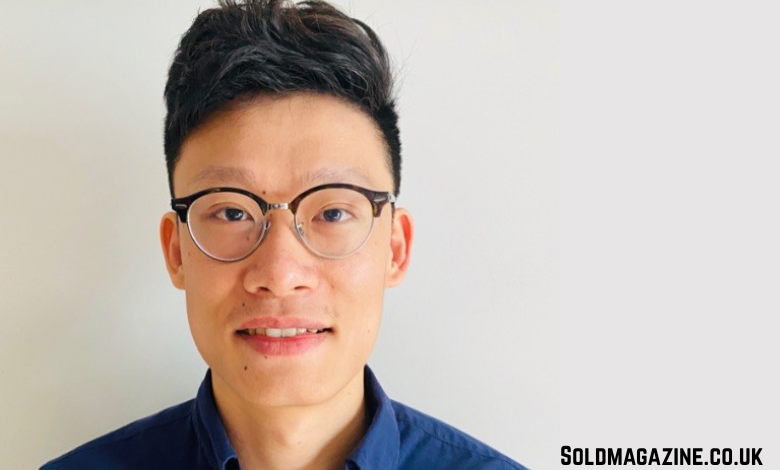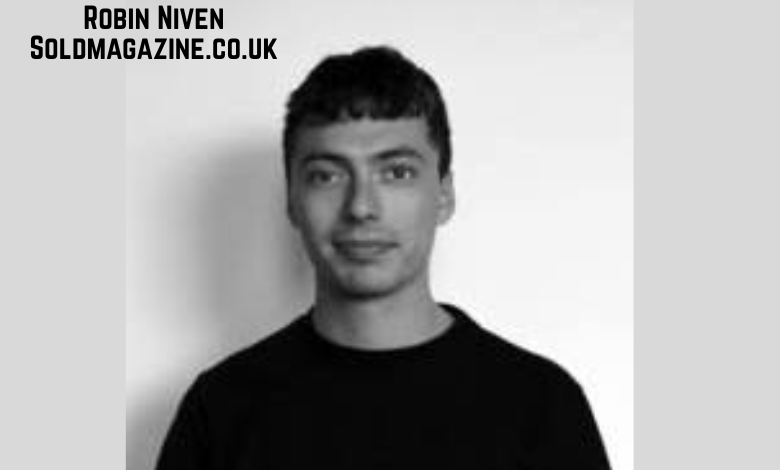Peiwen Tian is a software engineer with hands-on experience in enterprise-scale systems and backend optimization. Her work has primarily revolved around enhancing large-scale applications used across industries such as healthcare, cloud services, and enterprise software solutions. With a background in electrical and electronics engineering, and a professional career that spans organizations like Microsoft, Oracle, and the National Institutes of Health (NIH), Peiwen’s technical contributions reflect practical problem-solving, efficiency, and systems-level understanding.
Educational Foundation
Peiwen’s academic path laid a strong foundation for her future work in software engineering. She began her undergraduate studies at Beijing Jiaotong University, where she pursued a Bachelor’s degree in Electrical and Electronics Engineering from 2011 to 2015. This program introduced her to the principles of circuit design, embedded systems, and programming, giving her exposure to both hardware and software systems.
Following her graduation, she enrolled in a Master’s program at the Illinois Institute of Technology in the United States. Between 2015 and 2017, she focused on Electrical, Electronics, and Communications Engineering, a field that overlaps with modern software development challenges such as signal processing, communication protocols, and systems integration. Her time at IIT likely equipped her with a technical toolkit to work on problems that require a mix of algorithmic design and engineering precision.
Early Career: Software Engineering at NIH (2018–2020)
Peiwen began her full-time professional journey as a Software Engineer at the National Institutes of Health (NIH) in April 2018. The NIH, being a major health research agency in the U.S., operates several data-driven systems—one of the most critical being the eRA (Electronic Research Administration) system. This platform manages the administration of federal research grants totaling over $26.4 billion annually.
In this role, Peiwen was tasked with maintaining and improving the eRA system. She contributed directly to the stability and scalability of a platform that supports researchers across the country. One of her key responsibilities involved diagnosing and resolving production issues—a high-stakes task in systems that operate at national scale.
Among the more technical challenges, she investigated memory issues that surfaced during runtime. By analyzing heap dumps and inspecting logs through Splunk, she was able to isolate and fix memory leaks that were contributing to performance bottlenecks. These kinds of issues are particularly difficult in production environments where uptime is critical and diagnostic access may be limited. Her ability to reproduce, debug, and resolve high memory usage problems demonstrates depth in backend engineering.
Additionally, she worked on database optimization. By streamlining the database connectivity, she reduced connection counts by 25% and improved response times by 10%—a notable achievement in backend performance tuning. These enhancements would have directly impacted user experience and system reliability.
Microsoft: Broadening Technical Scope (2020–2022)
After more than two years at NIH, Peiwen moved to Microsoft in July 2020 as a full-time Software Engineer, based in Redmond, Washington. Microsoft’s engineering environment provides exposure to global-scale systems, where reliability and performance are non-negotiable.
While specific internal projects may not be public, engineers at Microsoft often work on complex software stacks, contributing to services that impact millions of users. Based on her prior experience in system performance, it is reasonable to infer that her focus likely remained on backend systems, scalable services, and possibly cloud-based architectures within Microsoft’s vast product ecosystem.
Her two-year tenure at Microsoft would have involved collaboration across product teams, adherence to strict code review practices, and engagement with tools and systems tailored for continuous integration and deployment at scale. Such experience further strengthened her engineering profile and likely exposed her to Microsoft Azure, distributed system design patterns, and enterprise-grade software deployment practices.
Oracle: Senior Member of Technical Staff (2022–Present)
Since July 2022, Peiwen has been serving as a Senior Member of Technical Staff at Oracle, based in the Greater Seattle Area. Oracle’s technical staff roles typically involve designing and maintaining systems that power mission-critical business applications, including databases, cloud infrastructure, and SaaS offerings.
Her elevation to a senior role signals increased responsibilities. At this level, engineers are expected to lead technical design discussions, mentor junior engineers, and ensure that the software solutions being developed align with long-term architectural goals.
Oracle, being one of the leading providers of enterprise software and cloud solutions, presents a demanding environment where engineering decisions impact clients across finance, healthcare, and public sectors. Her continued work at Oracle would include writing robust, efficient code, engaging with containerization technologies like Docker or Kubernetes, and maintaining secure, resilient services.
Technical Competence and Problem-Solving
Across all her roles, Peiwen Tian’s work reflects consistency in problem resolution, performance optimization, and system reliability.
Key aspects of her technical competence include:
- Memory management: From identifying out-of-memory errors to diagnosing root causes using heap dump analysis, she has demonstrated ability to work with runtime diagnostics effectively.
- Database tuning: Reduction in database connection usage while improving system responsiveness highlights her strength in identifying and implementing backend optimizations.
- Log analysis and debugging: Her use of Splunk for issue tracking shows familiarity with log-based observability tools—a key part of modern DevOps practices.
- Systems engineering: Her work across NIH, Microsoft, and Oracle reveals her exposure to large-scale, multi-tiered software systems.
Her capacity to solve complex technical problems has served as the foundation for her career progression and movement into senior engineering roles.
Career Growth and International Perspective
Peiwen’s academic and professional journey also reflects the trajectory of many international engineers who pursue graduate education in the U.S. and transition into roles within major tech companies. Beginning in China with a bachelor’s degree, followed by a master’s program in Chicago, and then working in institutions across Washington D.C. and Seattle, she has navigated both academic and professional environments in two vastly different regions.
Her ability to adapt to new challenges in diverse institutional cultures—from a government research agency to private-sector technology companies—underscores her flexibility and commitment to engineering standards.
Professional Environment and Collaboration
In the teams she’s worked with—whether at NIH or at major tech corporations—collaboration is an essential part of day-to-day work. Engineers in these settings are required not only to write clean, functional code, but also to participate in peer reviews, share knowledge, and build consensus on architectural decisions.
As a senior technical staff member, Peiwen likely contributes to these areas by:
- Reviewing pull requests with a focus on maintainability and clarity
- Providing mentorship and guidance to junior developers
- Contributing to technical documentation
- Participating in sprint planning and retrospectives
These collaborative activities enhance overall team productivity and lead to better engineering outcomes.
Outlook and Professional Impact
Peiwen Tian’s career shows a steady and structured progression: beginning with foundational academic training, gaining hands-on experience with federal IT systems, transitioning to high-scale consumer and enterprise systems at Microsoft, and now contributing in a senior role at Oracle. Her path is characteristic of engineers who balance technical detail with operational reliability.
The experience she has gathered over the years positions her well for future opportunities in technical leadership, system architecture, or platform engineering. With continued contributions in optimizing enterprise applications and ensuring system resilience, she could also evolve into roles that shape the direction of product infrastructure or cloud-native services.
Conclusion
Peiwen Tian represents the kind of software engineer whose contributions support the core infrastructure of institutions and corporations alike. Her work is not always visible on the surface—there are no splashy apps or viral features—but the systems she supports are the backbone of billion-dollar operations, whether in scientific research, enterprise software, or cloud services.
From debugging memory leaks in grant administration systems to building scalable backend services at Microsoft, and now working as a senior engineer at Oracle, Peiwen’s professional trajectory illustrates the importance of technical depth, consistency, and problem-solving in modern software engineering.




